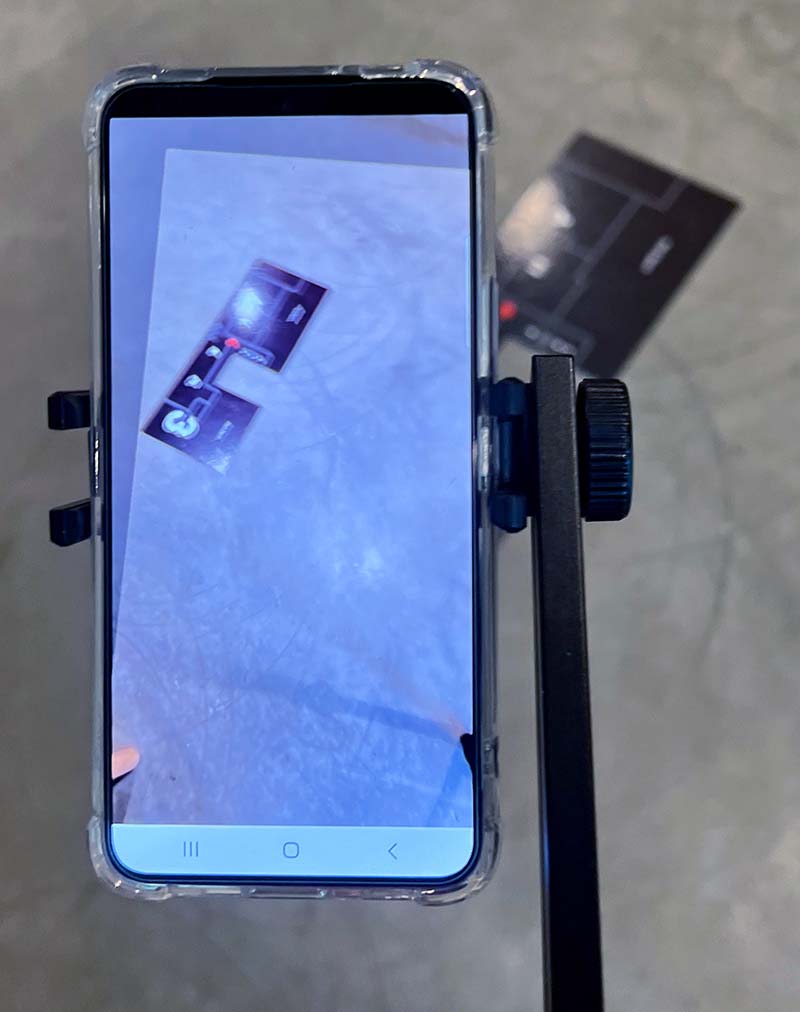Homography Image Aligner
Description
Image Aligner Demo Application
This demo application features a simple image aligner designed for successive frames, such as those from a movie, live camera, or image sequence. The alignment process relies on a homography, which is calculated by tracking sparse feature points between consecutive frames.

Platform-Independent Implementation
The majority of the code is platform-independent and implemented in the HomographyImageAligner class, which is shared across all platforms. However, a few platform-specific files are used for GUI-related purposes. The application generates visual results for each successive image pair from any input medium, creating a seamless alignment experience.
Output and Visualization
The application produces blended images for each successive frame pair, providing a visual representation of the alignment process. For instance, if the input medium consists of frames f0, f1, f2, f3, and so on, the output will include aligned results for (f0, f1), (f1, f2), (f2, f3), and so on. This is visualized by overlaying the frames of each frame pair. The more seamless the overlay appears, the better the image aligner works.
Building
- Android
- iOS
- macOS
Ensure the third-party libraries have been built for Android for all of the required Android ABIs. Let's assume the base location for third-party libraries is ${HOME}/install_ocean_thirdparty, i.e., the Android versions will be located in ${HOME}/install_ocean_thirdparty/android_${ANDROID_ABI}....
# Define this so that Gradle (and CMake) can find the third-party libraries.
export OCEAN_THIRDPARTY_PATH="${HOME}/install_ocean_thirdparty"
# Change into the directory with the Gradle config of this project
cd ${OCEAN_DEVELOPMENT_PATH}/build/gradle/application/ocean/demo/tracking/homographyimagealigner/android
# In ./app/build.gradle.kts, ensure that only those Android ABIs are enabled for which the corresponding third-party libraries have been built. Otherwise, your build will fail, cf. the [general build instructions](https://github.com/facebookresearch/ocean/blob/v1.0.0/building_for_android.md#4-building-the-ocean-android-demotest-apps).
# Build the debug and release APK of this
./gradlew assemble
# Install the desired APK
adb install app/build/outputs/apk/debug/app-debug.apk
adb install app/build/outputs/apk/release/app-release.apk
By default, the log output will be displayed on the screen of the phone as well as in the Android logs, which can be displayed using:
adb logcat -s Ocean
Ensure the third-party libraries have been built for iOS. Then follow the general setup for building iOS apps using XCode. Once the generation of the XCode project is complete, open it and search for application_ocean_demo_tracking_homographyimagealigner_ios in the scheme at the top. Then hit CMD-R to build, install, and run the app and follow the instructions.
Ensure the third-party libraries have been built for macOS. Then follow the instructions to build the Ocean code base. Let's assume you're building Ocean with the release build config:
cd ${OCEAN_DEVELOPMENT_PATH}
# Build the third-party libraries
./build/cmake/build_thirdparty_linuxunix.sh -c release -l static -b "${HOME}/build_ocean_thirdparty" -i "${HOME}/install_ocean_thirdparty"
# Build and install Ocean
./build/cmake/build_ocean_linuxunix.sh -c release -l static -b "${HOME}/build_ocean" -i "${HOME}/install_ocean" -t "${HOME}/install_ocean_thirdparty"
# Execute the demo app (a bundle)
open ${HOME}/install_ocean/macos_static_Release/bin/application_ocean_demo_tracking_homographyimagealigner_osx.app
Alternatively, generate a XCode project for Ocean and search for application_ocean_demo_tracking_homographyimagealigner_osx in the schemes at the top. Then hit CMD-R to build and run the app.